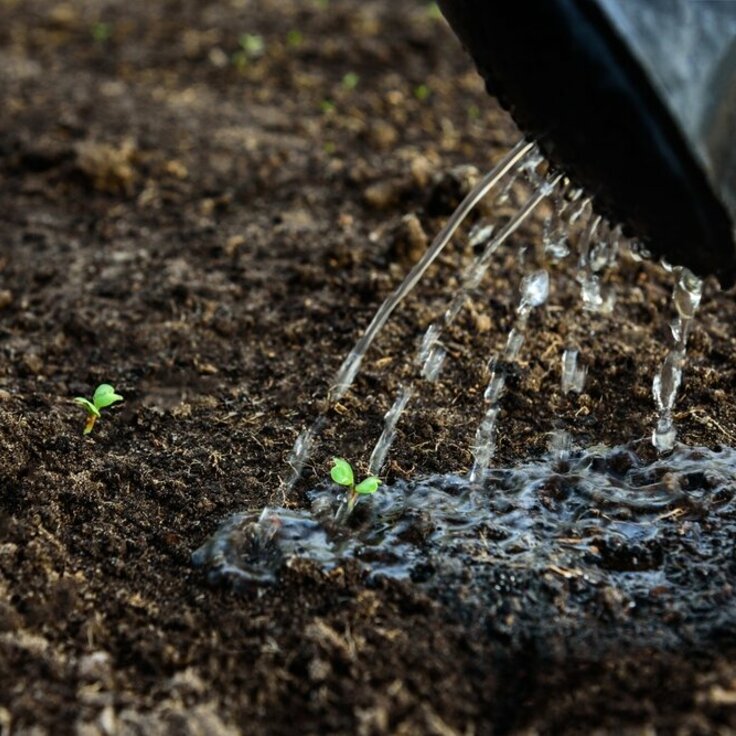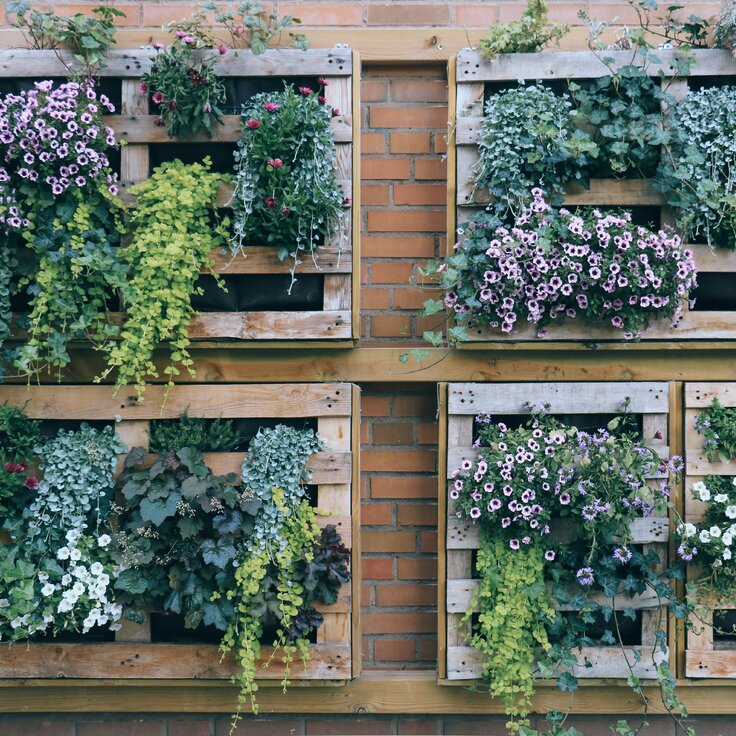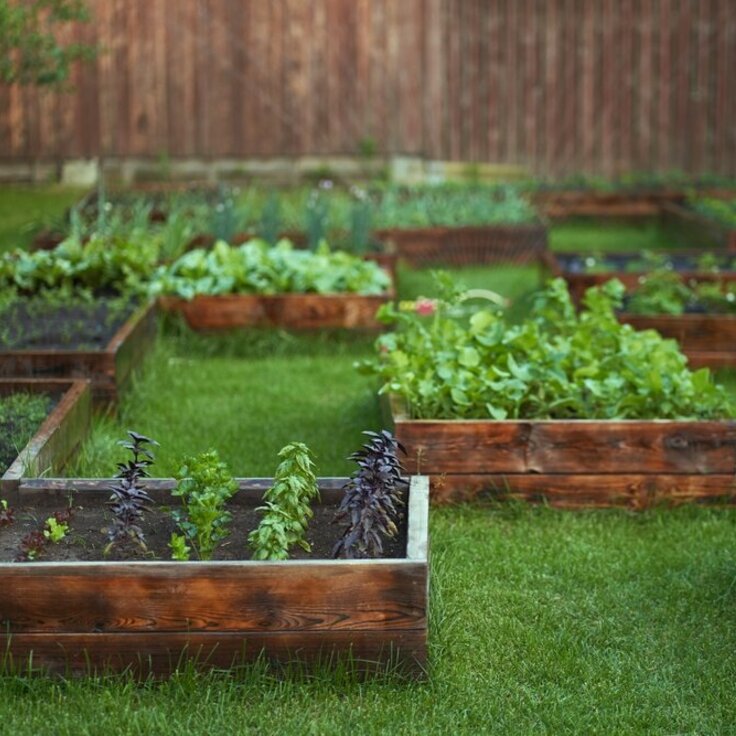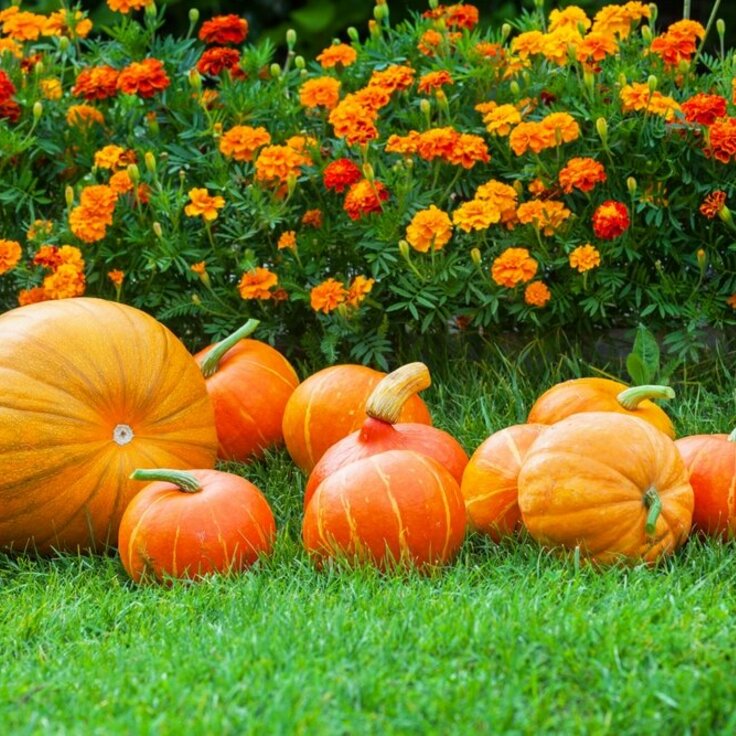Keep Early Flowering Shrubs Thriving
Spring comes on so fast, but don't overlook the simple care it takes to keep flowering shrubs happy and healthy, growing buds for next year's blooms.
The Early Weeks
The shrubs in your garden begin parading their blooms in winter: flowering quince, spireas, native azaleas, and witch hazel. Soon many more follow suit, some more exuberant than the early girls. The first bloomers come and go quickly, fast turning to green leaves as a backdrop to the fancier, later shrubs. It's easy to overlook their needs, which are few, but failure to do so can result in stemmy messes with few leaves or flowers.
A Careful Snip
Once flowering is finished, most shrubs begin the process of building buds for next year almost immediately. You can assist the process by making sure their new growth of leaves is plentiful. Remember: the more abundant the foliage, the more flowers the plant can sustain.
Quince benefits from a light trim of each stem, and from the removal of a few entirely if there are no leaves in the interior. Hedges of spirea can be cut back by half if their lower branches are thin. By pruning lightly to shape or more extensively to rejuvenate within a month after flowering, you cue the plant to leaf out both at the tips and within the canopy.
The Two Step
March is the most important time for fertilizing flowering shrubs and building their soil. Begin by spreading a 1/2-inch-deep blanket of compost (your own or storebought) around each shrub like a skirt. Cover the whole area from the main trunk out to the drip line. Work the compost into the soil with a rake or hand cultivator, then cover with new mulch. In two weeks, use a flowering shrub formula granular fertilizer according to package directions.
By following the process of simple pruning and enhancing nutrition, you give flowering shrubs all they need to look neat this season and bloom the next.
Read more here from The National Gardening Association.








